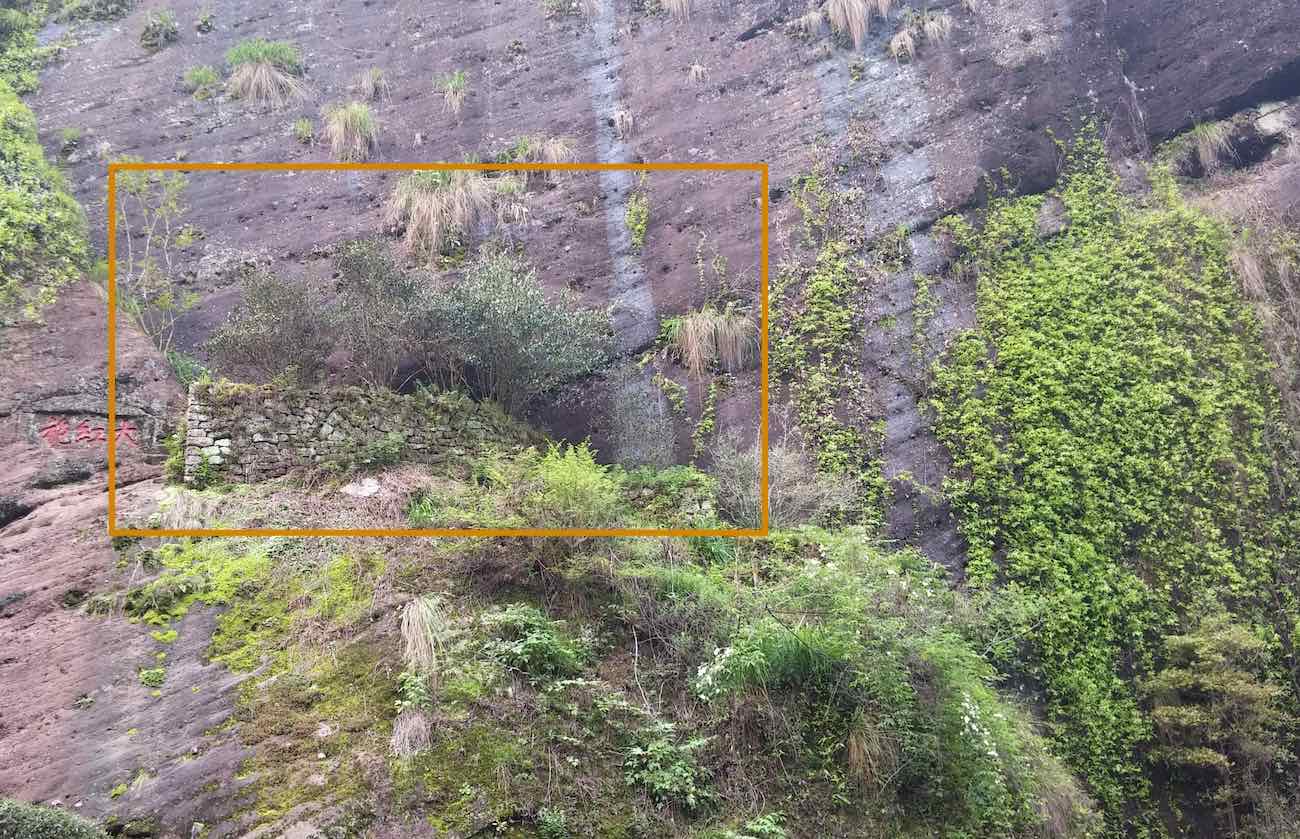Da Hong Pao (Big Red Robe) is a famous oolong tea from Wuyishan, China. In 2002, just 20g of this tea was auctioned for an astonishing price of 28.000 USD. What makes the tea so expensive, and are different grades? In this article, we'll discuss what factors determine the price of Da Hong Pao tea.
If you're interested to know why this tea is called 'Big Red Robe', you should read: The Legend of Da Hong Pao
Origin & Price
Da Hong Pao is a rock tea that's only produced in Wuyishan, Fujian. The unique soil condition of this region, allows the grow of tea leaves with a special mineral character that you find no where else.
Unlike green tea and black tea, with oolong tea it matters less whether the tea consists of only buds or one bud and x leaves. What really matters is the origin. The Wuyishan tea region is divided into 3 parts: Zhengyan, Banyan and Zhouyan. Basically Zhengyan is the official Wuyishan nature reserve, while Banyan refers to the surrounding area. At last, Zhouyan refers to the more remote areas. We've described these classifications in detail in our Wuyi rock tea guide.
The Da Hong Pao, that we mentioned in the introduction of this article, was auctioned for a massive price, because it was harvest from the few remaining original mother trees (see below image). Today, these trees aren't even allowed to be harvested anymore.

If any aged oolong from the mother trees would become available today, the price would be unimaginable high, as there's so much demand. It wouldn't be strange if someone rich would pay 50.000 USD for 20g of such tea. The previous price of 18.000 USD is already from almost two decades ago. The only challenge would be to verify the authenticity of the tea.
Thus, in general, Da Hong Pao made from Zhengyan teas are the most expensive, followed by Banyan and Zhouyan. At Teasenz, we believe that Zhengyan Da Hong Pao are not worth the price that can easily start from 500 USD a KG.
Therefore, we offer Banyan Da Hong Pao on our website, which we believe offers the best value. If Banyan tea leaves are carefully processed, their quality can get very close to a Zhengyan, but at a fraction of the price (80 - 200 USD a KG).
Tea Price & Sustainability
When we want to understand the true price of tea, one also needs to take into account environmental sustainability concerns. This is especially important for Da Hong Pao made from the leaves of the protected nature reserve. We see a trend that there's more and more deforestation to make place for tea bushes. This has resulted in dry areas, because tea bushes hold less water relative to large trees. While visiting Wuyishan on a yearly basis, we can clearly see the waterfalls have become smaller due to this. This is the result of deforestation.
Wuyishan is currently listed as a UNESCO world heritage site, and the organization is currently pushing the local government to improve condition to sustain the diversity of flora and fauna in the region.
There's no way to put a price of conserving our environment, but we think it's important that tea drinkers are aware of these challenges.
Hand versus Machine
While Zhengyan and Banyan are often hand picked, the labor cost that goes into it, is obviously higher. With Zhouyan, they're picked by machine, resulting in lower costs, but also lower quality tea. Zhouyan teas are often sold in bulk and can be considered a commodity tea. They're often used for creating blends or brewing tea for making bubble teas / tea cocktails.
Processing Quality
Even with the best raw ingredients, if the processing of the leaves into tea isn't done well, the tea is worthless. On the other hand, if you process cheap Zhouyan tea leaves perfectly, the final product can be worth a treasure.
The processing of oolong tea is considered one of the most complex relative to other types. Each step needs to be carefully managed and monitored by tea masters and the assistants. We will for example touch upon the roasting process in the next paragraph, which is also a price factor.
Roasting Level & Price
Da Hong Pao teas are classified in low, medium and high roast. With low roast Da Hong Pao teas, the leaves are roasted just once. This results in a softer and more flowery aroma. To reach a medium roast grade, the leaves need to be re-roasted once or twice. With high roast, the teas are roasted even more often.
Because Da Hong Pao tea needs re-roasting to reach a higher roast level, each step will add production cost. Therefore low roast Da Hong Pao is cheaper than medium and high roast. While low roast Da Hong Pao will taste excellent at first, their low oxidation level will result in aroma being weaker rather quickly. Medium roast teas are the most in demand as they offer the best balance. At last, high roast teas are generally not liked, except for local Wuyishan villagers, who're more accustomed to such strong taste.
Fair Trade & Price
Do fair trade labels matter? Not so much in China. With Zhengyan and Banyan, there's absolutely no worry about fair trade. There's a shortage of tea pickers today due to the migration of people from villages to big cities. Tea pickers are paid around 35 USD for a day of picking, which is a lot in China.